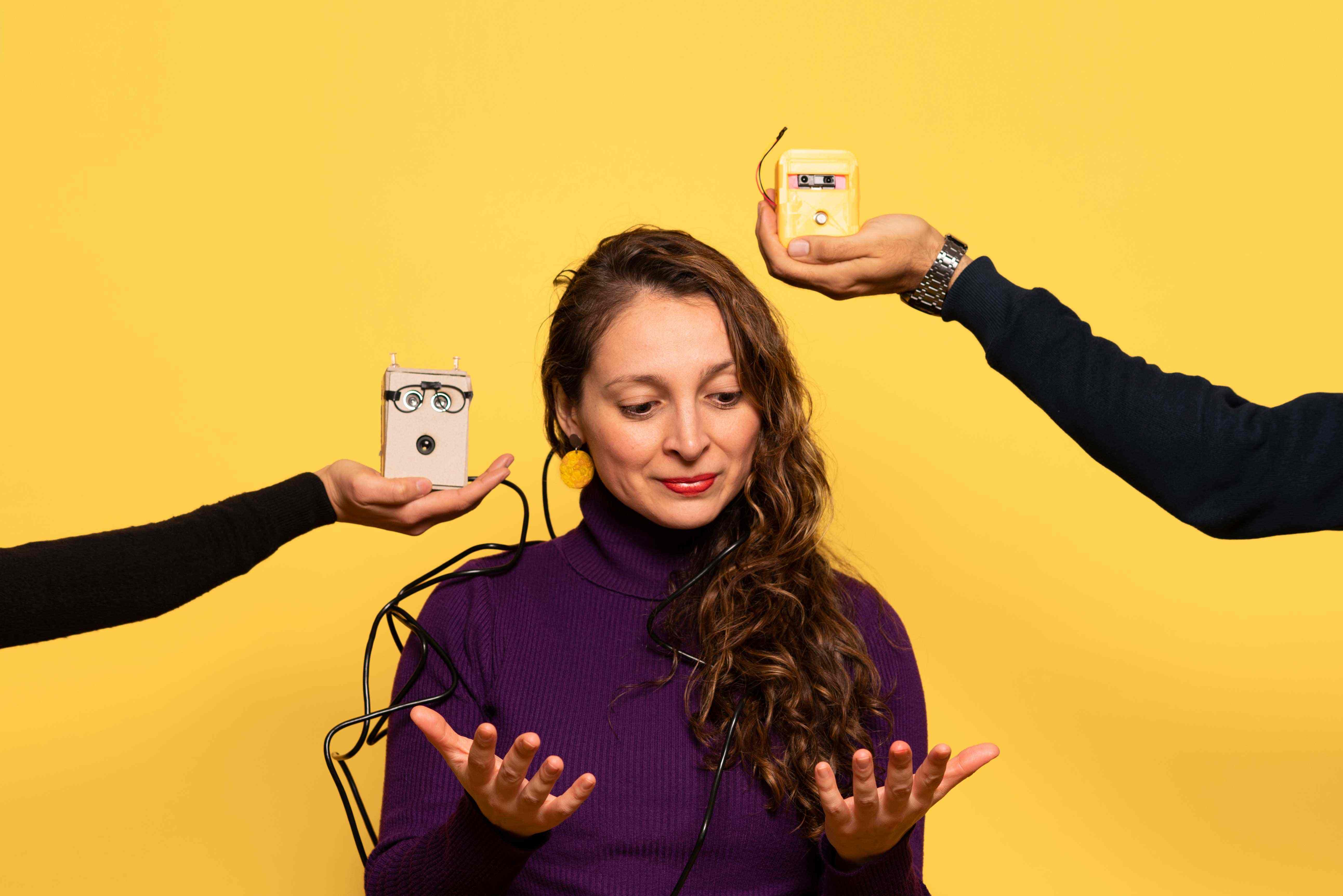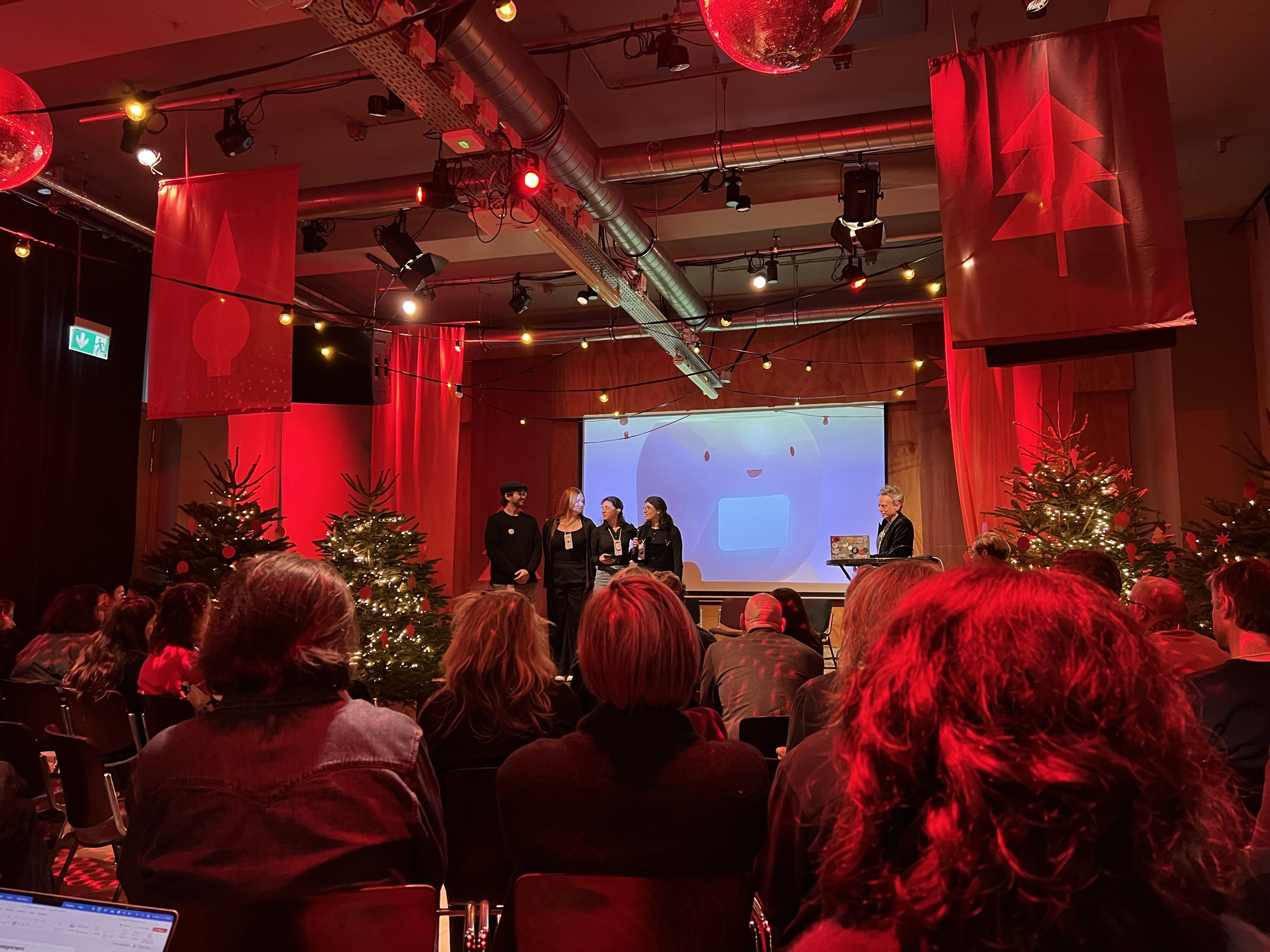Master Digital Design Welcomes Two Tracks

The Master Digital Design is changing and it’s providing more opportunities for students interested in different expertises in the field. As of the academic year 2025-2026, the Master Digital Design will have two (specialised) learning tracks: Interaction Design and Digital Fashion Technology.
The track Interaction Design is, in fact, the current programme Master Digital Design. We will continue challenging students in design conventions and how to design in a more planet-centred manner. This track aims for design professionals to step up their career by embracing a more sustainable approach to designing.
The new track Digital Fashion Technology is a much welcome specialisation centred around the digitalization of (parts of) the fashion supply chain. It equips students with the skills to use digital technologies to address challenges in the fashion (apparel) industry. This track is in collaboration with Amsterdam Fashion Institute (AMFI).
AMFI’s programme manager José Teunissen says:
“The digitalisation of product development and product design is on the rise in the industry. You see that big companies, such as PVH and Adidas, are already designing their products digitally and only produce them when they’re fully developed. That saves a lot of waste and it also makes remote work efficient. This means that, in the future, we will need more fashion designers with these digital knowledge.”
Lisette Vonk, a lecturer and researcher at AMFI who is coordinating the setup of the track, adds:
“Students get the opportunity to build up knowledge on both the fashion industry and new technologies. It’s a unique skill-combination that most people do not have but that is in high demand in the fashion industry.”
The idea has been in the works for a few years with Paul Guests developing it further to what has now become the tracks Interaction Design and Digital Fashion Technology.
Paul Geurts: “Digital Design offers a unique chance to reshape the social fabric. In our current programme, we focus on the affordances of interaction design, and I'm excited that we're creating a track to address the challenges and opportunities facing the fashion industry through the power of digital design. I hope we can harness digital design's transformative qualities as a catalyst in even more fields. I'm thrilled about this development and can't wait to welcome the first cohort.”
Marije de Haas, head of programme Master Digital Design adds that despite the change, the Master Digital Design will remain true to its core principles:
“Our Interaction Design track continues to challenge conventions in how technology mediates experiences, while the new Digital Fashion Technology track pioneers the digital transformation of the fashion industry. By offering these tracks, we're supporting students to become visionaries in their fields, reimagining relationships between humans, technology, and our planet.”
Admission for both tracks is through a rigorous selection procedure. For the next academic year of 2025-2026, non-EU candidates must apply by 1 March 2025; while EU citizens can apply until 1 May 2025.
Those interested in following one of these tracks can find more information on how to apply and what to expect via the AUAS webpage by clicking on the links below:

